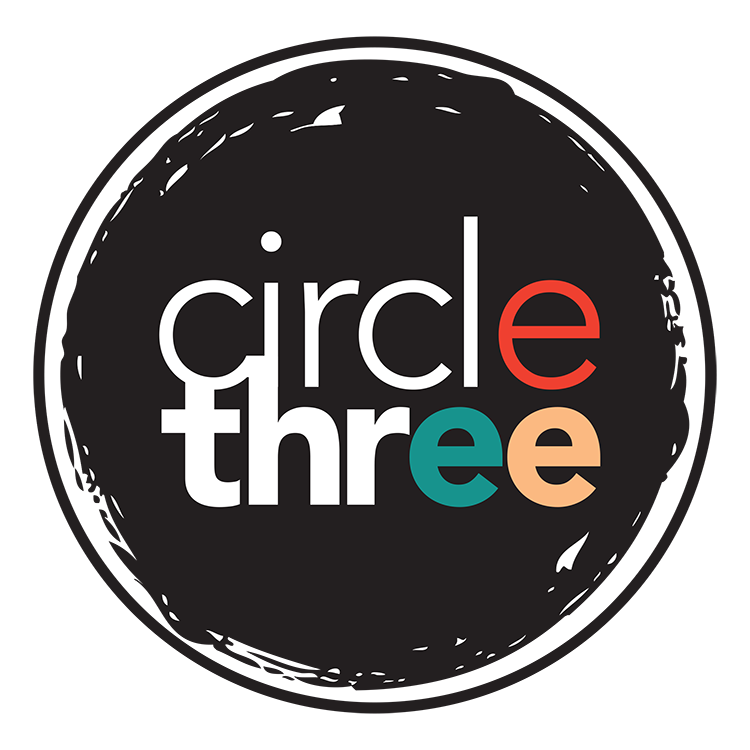Here’s something you may not know about me: every couple of weeks, I go to my local hospital to get an outpatient infusion to manage a chronic autoimmune arthritis condition. It takes about three hours. The medication helps me live a normal life and even though it stings, I’d do it daily if they asked me. I’m able to work while it occurs, so it’s not an inconvenience. It’s just another fact about me, like how I have brown eyes and I hate seafood…or that I see an opportunity in everything: even a boring call from the hospital.
At this point in my life, I’m used to getting lots of calls from medical staff: appointment confirmations, check-ins, updates, and more. Last week, I received a call that confused me. The caller asked if I knew how to get to the hospital. Well, of course I do – this wasn’t my first time there – but I technically don’t enter the “hospital” when I get my infusions. I go to the Outpatient Infusion Center which is right next door to the Cancer Center – maybe 20 feet between the two doors, but they’re both on a completely different street from the main hospital entrance. It’s all the same building, but wildly different locations if you were, say, getting a pizza delivered. The caller very specifically told me I’d need to enter the hospital where I’d get examined to see if I was sick and if I passed the exam, I could go to the infusion center.
Okay, I thought. Sounds like I’ll need to allow extra time to find parking at the main entrance and then find out how to go from there to the infusion center if I pass the exam. I asked the caller: “So you’re telling me I need to show up a lot earlier than usual to get an exam and walk from the hospital to the infusion center?”
“No,” she said. “You go to the Cancer Center like always.”
“But I don’t go to the Cancer Center ever. Why would I go there when I can go directly to Outpatient Infusion? The doors are right next to each other.”
After a bit more back and forth, it finally came out that the hospital’s response to COVID-19 was to pare down the number of entrances to the hospital to just a few and to funnel people through checkpoints to minimize the risk of someone coming in who was openly ill. They were shutting down the entrance to the infusion center and the next nearest entrance was the Cancer Center’s door. If only the caller had just said that! It took me much longer than it should have to understand what she was trying to communicate. Here’s the thing: it’s my job to understand a garbled message and turn it into something everyone else can easily comprehend.
When messaging goes awry, it can often be traced to one of two causes:
- A brand has a marketer, but things are moving too fast and the message doesn’t seem to be related to marketing, so we skip running it by the marketer, or
- Marketing is deemed a “non-essential” expense during a downturn and the brand starts trying to limp along without it.
We could spend a lot of time talking about why cutting out the ONE THING that helps you bring in more sales during a downturn is a bad business move, but today’s conversation is about the first problem: bypassing your marketer to get something out fast.
 When I showed up for my infusion today, the door to Outpatient Infusion was barricaded and I was directed to go right next door to the Cancer Center – just a few feet away. Inside, there were some checkpoints with hospital personnel in PPE set up to ensure people had a valid reason for entering (no visitors allowed) and to check symptoms if a patient indicated they had been ill. We even got red stickers to wear to indicate we had be approved for entry so that staff members could identify from a distance who was safe to approach. Once I was approved to enter, a hospital staff member escorted me to my appointment location and things progressed like it was any other day.
When I showed up for my infusion today, the door to Outpatient Infusion was barricaded and I was directed to go right next door to the Cancer Center – just a few feet away. Inside, there were some checkpoints with hospital personnel in PPE set up to ensure people had a valid reason for entering (no visitors allowed) and to check symptoms if a patient indicated they had been ill. We even got red stickers to wear to indicate we had be approved for entry so that staff members could identify from a distance who was safe to approach. Once I was approved to enter, a hospital staff member escorted me to my appointment location and things progressed like it was any other day.
This particular wing of the hospital deals with incredibly vulnerable patients. It was obvious to me that a great deal of thought had been put into ensuring patient and staff safety with the least amount of disruption – we were routed to the closest logical location for a checkpoint, everyone maintained safe distances, barriers were set up, and PPE was available to those who needed it. So why was the phone call I received last week so difficult to understand?
We can safely assume that someone opted to bypass marketing because they incorrectly thought this wasn’t a “marketing thing.” Here’s the hidden wisdom: as a brand, every move you make is a marketing thing – from the things you say on the phone to the suppliers you choose to use. Every thing you do sends a message to observers about who you are, what you stand for, and how you do business. In this case, the hospital was working to manage the chaos of a pandemic – surely not a marketing thing – but how they react to this chaos is being watched by tens of thousands of locals who will choose which brands they trust and where to go for service.
If asked, the hospital’s marketing team would have come up with a simple script for the callers to use when informing patients about the new protocol. I imagine it would have gone something like this:
Hi, Jessica. This is _____ calling about your upcoming infusion appointment. We’re still planning to see you on Monday, but I want to let you know about some changes we made in order to keep you safe. We’re checking each person who enters the hospital for any signs of illness, which means that we’re limiting the entrances to just a few. The closest open door to the Infusion Center will be the one right next door at the Cancer Center. You’ll go into the Cancer Center this time and someone will be waiting to escort you to your appointment. Do you have any questions?”
Someone decided that it wasn’t worth talking to the marketers – or decided it wasn’t a marketing message – and went live with what they had – which, if it confused me I can’t imagine how those who were truly ill and maybe not as clear-headed interpreted the message. The hospital had one chance to make a good impression with clear, concise messaging and they missed it. I showed up this morning expecting a mess. I was pleasantly surprised to find things organized, but that didn’t raise my opinion of them. If anything, it maintained status quo and I’m still a little wary. In marketing and communications, you need to take every opportunity as a serious chance to promote the brand and its values even if it’s something as simple as the words you use to confirm an appointment or the messages that go out during a pandemic. Your customers are watching.

